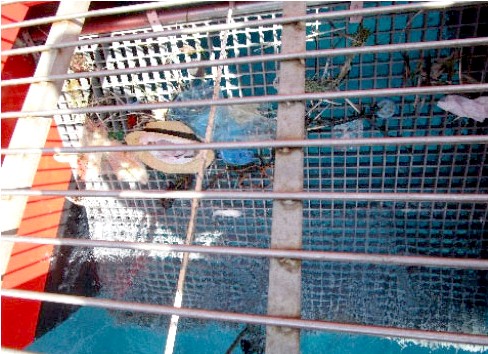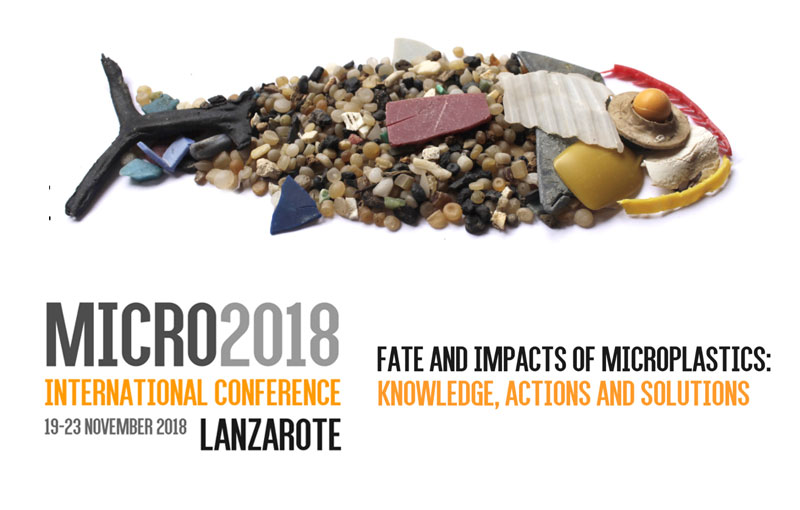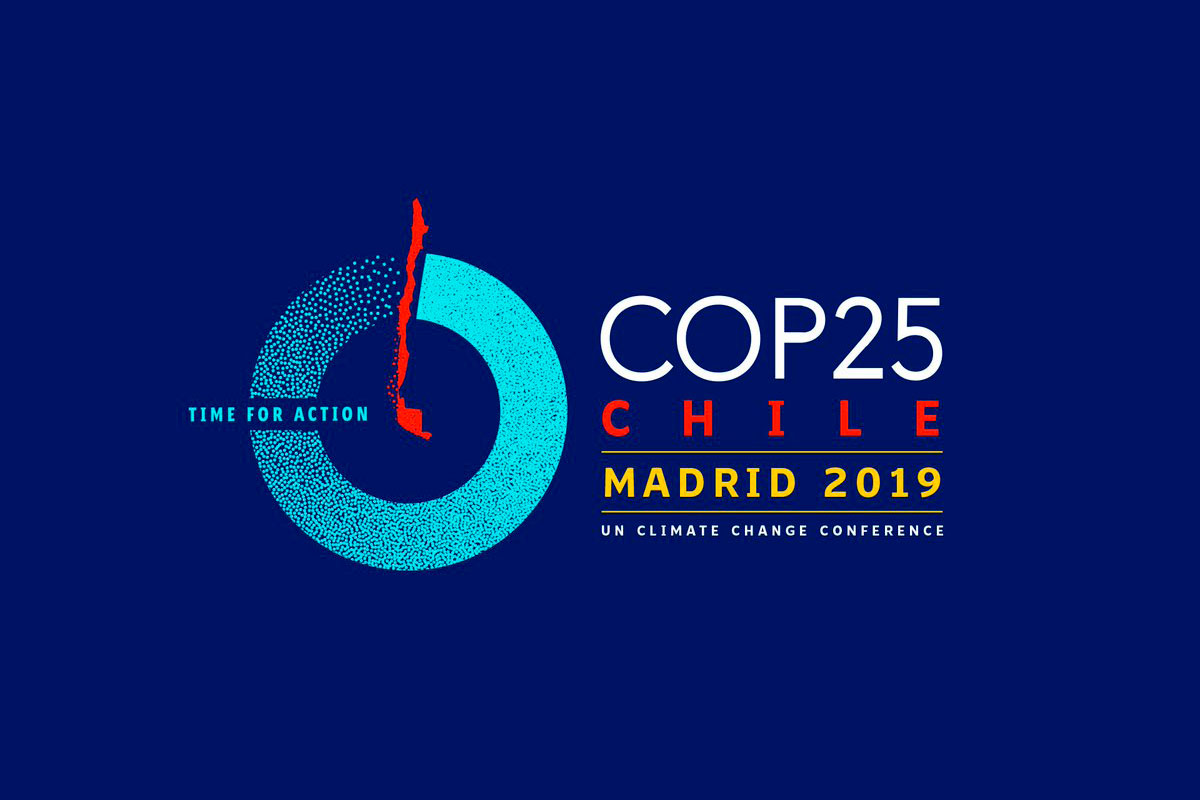|
OC-TECH H2020 - OCEAN CLEANER
HOME | GROWTH | CLEANUP | CLIMATE | GYRES | PLASTICS | POLYTICS Please use our A-Z INDEX to navigate this site, where page links may lead to other sites
| |
|
H2020 EU PROJECT - This was a project to build an internal combustion powered catamaran in aluminium and then to equip the vessel with skimmer equipment and water filtration equipment.
This project has received funding from the European Union’s Horizon 2020 research and innovation programme under grant agreement No 783773 – OC-TECH
Phase 2: (2018 – 2020) / Score = 13.99 / Investment approved = € 2,405,116.25
MAIN OBJECTIVES
Objective: Designing a competitive multi-task vessel, incorporating unique elements and equipment valued by customers:
OC-TECH, a modern multi-task vessel
b - Sea crane placed on the other side of the vessel, equipped to lift, move and place heavy equipment in the OC-Tech, and to deliver and collect the stored liquid and solid waste deposits.
Waste collection system
Stage 1: CFD (Computational Fluid Dynamics) calculations
Waste concentrator system
Solid waste collection system
InnovAzul 2018 - InnovAzul 2018: First International Meeting on Knowledge and Blue Growth International Congress. Ocean Cleaner and Tincasur stand. Palacio de Congresos conference centre. Cadiz. 29 and 30 November 2018.
MILESTONES
1. Development of the lab vessel before H-2020 PHASE 2 and during the full-scale tests in Tenerife
OC-Tech is part of Horizon 2020, the largest research and innovation program of the European Union, with 80 billion euros in funds available over 7 years (2014-2020).
The European Community finances a select number of projects based on scientific excellence, industrial leadership and the benefits they bring to society and the world environment. OC-Tech has passed the demanding tests of the European Commission with excellent scores in all categories
DISSEMINATION
The project has presented and been present at these events in 2018 and 2019:
[LEFT] Fate and impacts of microplastics - Knowledge, actions and solutions. International Congress. Presented by Santiago Miranda. Local government of Lanzarote. 19 November 2018. [RIGHT] Interspill 2018 International Congress. Attended by Luis Miranda and Christian Harhoff. London. 13-15 March 2018.
[LEFT] PackNet - Prevention and mitigation of the impact of packaging and packaging waste on coasts, seas and oceans” - Technology Conference.Attended by Luis Miranda and Santiago Miranda. CDTI building. Madrid. 25 April 2018. [RIGHT] Marlice 2019 - Internacional forum of marine litter and circular economy. Business meeting of the environment sector with Ecoembes. Project presentation by Santiago Miranda. Cadiz Chamber of Commerce, April 9, 2019.
Circular Economy Business Meeting in Canarias. Project presentation by Luis Miranda. Debate AED. La Laguna University, Tenerife. November 14, 2019.
UN Conference on Climate Change (COP25). OC-Tech stand at COP25 presented by Luis and Santiago Miranda. Madrid, Stand UCA-CEIMAR. From December 11 to 13, 2019.
CONTACTS
....
....
PERSISTENT MONITORING - Machines like the Pilot SeaVax could provide sufficient energy to sample the marine environment continuously, also able to transport the sensors and sampling equipment anywhere in the world without using fossil fuels. The head of this machine can be raised out of the water during transit, and lowered to 8 meters to sample microplastics near or on the seafloor or riverbeds - example positions shown in red. It should be possible to design a head to travel to greater depths, but this will require additional R&D over and above that to achieve what is shown in principle.
Although we have shown this equipment as part of the SeaVax Pilot concept, once completed, heads like this could be fitted to other suitably equipped research vessels with sufficient energy to be able to operate the equipment.
NOTE: At the moment this is just a concept, without appropriate levels of funding for research and then for development, ZEV research vessels like this will never become a reality. It would be a mistake to think that with a drawing like that above, that the research to make it possible has already been done.
LINKS & REFERENCE
https://www.oceancleaner.es/h2020/project-dissemination-2018/ https://www.oceancleaner.es/h2020/project-dissemination-2019/ https://www.oceancleaner.es/
WHAT DRIVES US - It is pictures like this whale shark swimming in garbage that it is about to ingest that makes our blood boil. What are we doing, letting a situation like this develop? The fish eat the plastic and we eat the toxic fish. We are slowly poisoning ourselves and our world.
|
|
ABS - BIOMAGNIFICATION - CANCER - CARRIER BAGS - COTTON BUDS - DDT - FISHING NETS - HEAVY METALS - MARINE LITTER - MICROBEADS MICRO PLASTICS - NYLON - OCEAN GYRES - OCEAN WASTE - PACKAGING - PCBS - PET - PETROLEUM - PLASTIC - PLASTICS - POLYCARBONATE POLYOLEFINS - POLYPROPYLENE - POLYSTYRENE - POLYTHENE - POPS - PVC - SHOES - SINGLE USE - SOUP - STRAWS - WATER
Please use our A-Z INDEX to navigate this site, where page links may lead to other sites
|
|
|
This website is provided on a free basis as a public information service. copyright © Cleaner Oceans Foundation Ltd (COFL) (Company No: 4674774) 2019. Solar Studios, BN271RF, United Kingdom. COFL is a company without share capital.
|
|


















